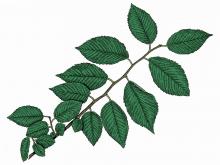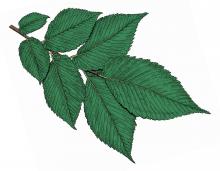Media

Species Types
Scientific Name
Ulmus pumila
Description
Introduced to the United States in the middle 1800s, Siberian elm pays for its fast growth with brittle wood that is subject to storm damage. Its large limbs are subject to splitting from the crotches of older trees. If you are thinking of planting a Siberian elm, you might want to think again!
























